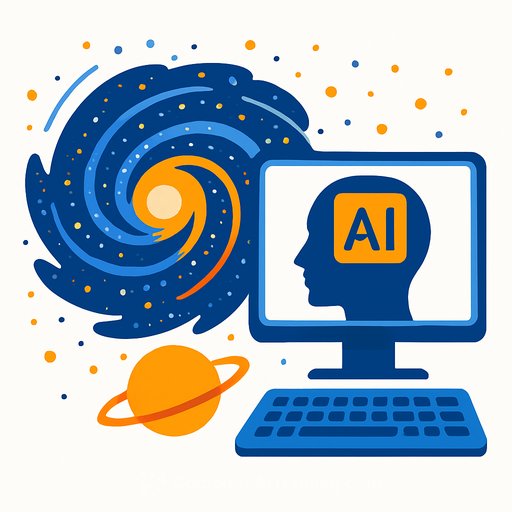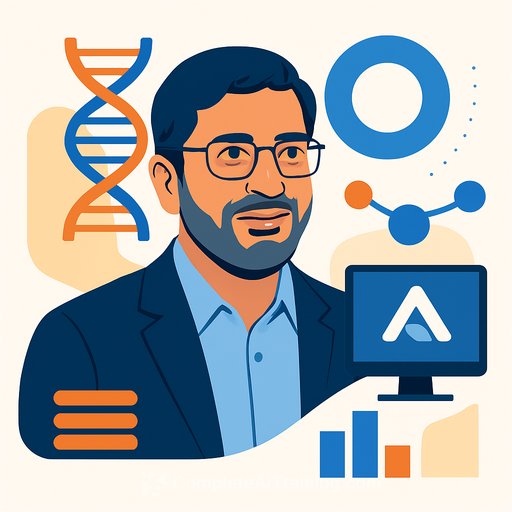Milky Way evolution revealed through AI-enhanced, star-by-star simulation
Date: November 16, 2025 * 18:00 IST
Scientists have simulated the Milky Way at star-level detail-100 billion stars-using a hybrid of artificial intelligence and modern supercomputers. The system reproduces core galactic phenomena far faster than traditional methods, opening new ways to test how the Milky Way forms, spins, and disperses elements over time.
Who made this possible?
The work was led by Keiya Hirashima with a collaboration across RIKEN, the University of Tokyo, and the Universitat de Barcelona. The team combined astrophysics models with high-performance computing and AI surrogates to speed up the hardest parts of the physics.
- Seven million CPU cores ran in parallel to crunch the calculations.
- AI modules replaced select compute-heavy kernels, accelerating the run without sacrificing core fidelity.
RIKEN and the University of Tokyo both confirmed the joint effort and infrastructure support.
How fast is "fast"?
- One million years of galactic evolution now computes in about 2.78 hours.
- The project demonstrates accurate modeling over a 10,000-year window while maintaining star-by-star resolution.
- What once took decades can now be executed within months on current systems.
What the simulation shows
The model tracks each star's orbit, birth, and death. It resolves supernova feedback and gas expansion with enough granularity to study how chemical elements spread across the disk and halo.
- Star formation rates and feedback cycles emerge from the physics, not hand-tuned rules.
- Elemental enrichment maps can be compared with surveys to stress-test theories of the Milky Way's structure.
Why this matters for science teams
The result goes beyond pattern matching. AI is being used as a co-processor for multi-physics simulations-speeding specific parts while preserving the governing equations where needed. That balance lets researchers probe scales and timeframes that were previously out of reach.
- Astrophysics: Run larger ensembles for uncertainty quantification and compare against Gaia-like catalogs.
- Earth systems: Apply similar AI-assisted solvers to climate, ocean, and weather models to improve throughput for data assimilation and scenario testing.
- Multiscale research: Use hybrid surrogates where full-resolution physics is infeasible end-to-end.
Key technical takeaways for research leads
- Use AI surrogates selectively-target the kernels that dominate wall-clock time, validate against high-fidelity baselines, and monitor drift.
- Keep rigorous checkpoints: periodic physics-based corrections help maintain stability over long runs.
- Plan for mixed precision and memory locality early; the win often comes from data movement, not just FLOPs.
- Budget for ensemble runs; speed gains are most valuable when you can explore parameter space, not just single best-guess scenarios.
Broader applications
The same approach-HPC plus AI surrogates-fits environmental monitoring and multi-scale scientific studies where resolution and runtime have historically been at odds. Faster cycles mean tighter loops between simulation, observation, and theory.
First published: Nov 16, 2025 * 06:00 pm
If your team is building AI simulation skills, see this curated catalog of training paths: AI courses by job role.
Your membership also unlocks:






